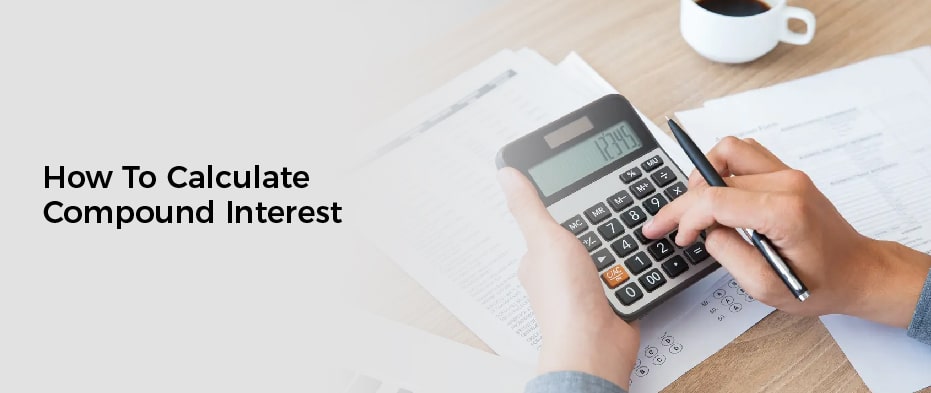How To Calculate Compound Interest? Compound interest is the interest that accrues on the initial principal and on the accumulated interest of previous periods. It is the basis for many financial instruments, such as annuities, mortgages, and bonds.
When calculating compound interest, the periodic interest rate is applied to the principal, which includes all of the accrued interest from previous periods. The more frequently compound interest is calculated, the higher the effective annual yield will be.
Investors often choose investments that will compound their returns over time. This enables them to earn a higher return on their investment than if they simply earned simple interest. In order for compound interest to work its magic, investors need to be patient and leave their money invested for a long period of time.
How Compound Interest Works
Compound interest is when you took interest on your interest. In other words, the more money you have in the bank, the more money you’ll earn in interest.
Here’s an example: Let’s say you have $100 in the bank and you earn 10% interest per year. At the end of the year, you’ll have $110 in the bank. The next year, you’ll earn 10% interest on $110, which is $11. So at the end of Year 2, you’ll have $121.
As you can see, compound interest can help your money grow quickly. And the best part is, it’s free money!
How Compound Interest Grows
A lot of people don’t understand how compound interest works. They think that if they invest $100 at 10% interest, then they will earn $10 per year and have $110 at the end of the first year.
However, that’s not how it works. With compound interest, you earn interest on your investment as well as on the interest that has already been earned. So, in the example above, you would actually earn $10 in interest during the first year, and then $11 in interest during the second year. By the end of the second year, you would have a total of $121.
Compound interest is one of the most powerful financial tools available to investors. When used correctly, it can help you grow your wealth exponentially. However, it’s important to understand how it works before using it.
Pros and Cons of Compounding
Compounding interest is the interest on an investment that is earned not only on the original principal, but also on the accumulated interest from all previous periods. This can be a great way to grow your wealth over time, but there are some pros and cons to consider before you invest.
One of the biggest pros of compounding interest is that it can help you build wealth over time with little effort. All you need to do is make an initial investment and then let the money grow. The earlier you start investing, the more time your amount has to compound and grow.
Another pro of compounding interest is that it can provide a hedge against inflation. As prices go up over time, your investments will continue to grow, preserving your purchasing power.
Investors generally like the idea of compounding interest because it seems like free money. However, there are some cons to consider before blindly investing in anything that compounds interest.
One con is that you may not always get the full benefit of compounding if you withdraw your money early. For example, if you invest in a 10-year CD and then cash it out after five years, you’ll only receive the interest that has accrued during those five years.
Another potential con is that the compounding period may be shorter than you expect. For example, some credit cards compound interest daily, while others compound it monthly or annually. If you’re not aware of how often your interest is compounded, you could end up paying more in interest than you anticipated.
Finally, keep in mind that not all investments offer compound interest.
How To Calculate Compound Interest
Compound interest is the addition of interest to the principal sum of a loan or deposit, and is distinguished from simple interest which is paid only on the original principal.
The simplest way to calculate compound interest is with this formula: A = P(1+r)^n. In this equation, A stands for the final amount including interest, P stands for the original principal amount, r is the annual rate of return, and n is the number of years invested. To use this formula, simply plug in your values for P, r, and n to calculate your final value A.
For example, let’s say you have a $100 savings account that pays 10% compounded annually. At the end of Year 1, you would have earned $10 in interest, so your balance would be $110.
At the end of Year 2, you would have earned $11 in interest ($10 on your original $100 plus $1 on your previous year’s $10 in interest), so your balance would be $121.



